leader Norway spruce
bernbecca
3 years ago
last modified: 3 years ago
Featured Answer
Sort by:Oldest
Comments (14)
ken_adrian Adrian MI cold Z5
3 years agoken_adrian Adrian MI cold Z5
3 years agoRelated Professionals
Springfield Landscape Contractors · Riverhead Landscape Contractors · Carlisle Decks, Patios & Outdoor Enclosures · Fort Myers Decks, Patios & Outdoor Enclosures · Reisterstown Decks, Patios & Outdoor Enclosures · Saint Louis Park Decks, Patios & Outdoor Enclosures · River Forest Landscape Architects & Landscape Designers · Hannibal Landscape Contractors · North New Hyde Park Landscape Architects & Landscape Designers · Saint Louis Park Landscape Architects & Landscape Designers · Alpharetta Landscape Contractors · Cedar Hill Landscape Contractors · Soddy Daisy Landscape Contractors · Alexandria Decks, Patios & Outdoor Enclosures · Pittsburgh Decks, Patios & Outdoor Enclosuresbernbecca
3 years agolast modified: 3 years agoEmbothrium
3 years agolast modified: 3 years agobernbecca
3 years agoptreckel
3 years agobengz6westmd
3 years agoEmbothrium
3 years agolast modified: 3 years agoUser
3 years agoEmbothrium
3 years agoUser
3 years agotsugajunkie z5 SE WI ♱
3 years agobernbecca
3 years ago
Related Stories
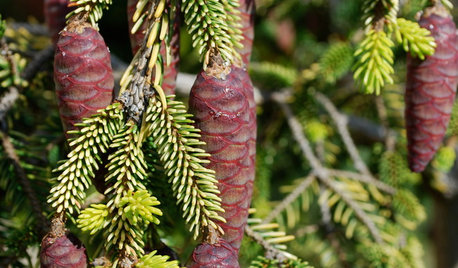
GARDENING GUIDESGreat Design Plant: Skylands Oriental Spruce, a Favorite Conifer
Brighten up a drab corner of your garden with Picea orientalis ‘Skylands’, a smaller spruce that a bird family might just call home
Full Story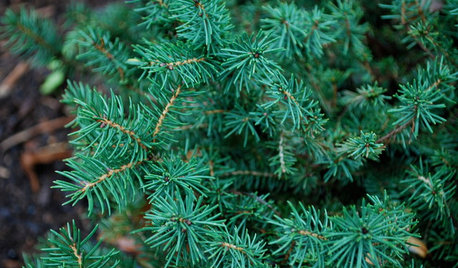
GARDENING GUIDESGreat Design Plant: Picea Abies ‘Nidiformis’
Bird’s nest spruce pulls its weight in the winter garden by providing structure and interest
Full Story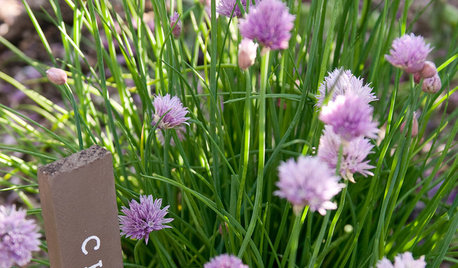
GARDENING GUIDESSimple Pleasures: Savor the First Spring Day in the Garden
How will you answer the call of the garden once the birds are chirping, the bulbs are blooming and the air is inviting?
Full Story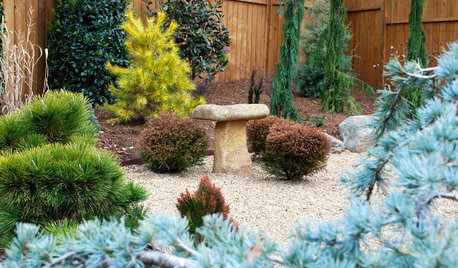
PLANTING IDEASDesigning With Conifers: Personality and Form in the Garden
Unique and full of interest, well-shaped conifers await a place your yard
Full Story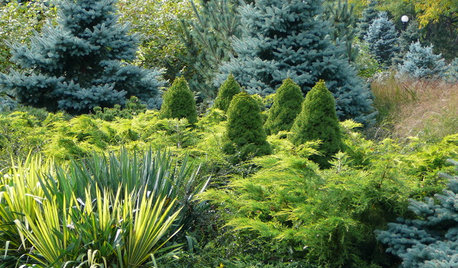
PLANTING IDEASDesigning With Conifers: Layers of Texture for Your Garden
Sharp and prickly or fine like ferns, richly textured conifers bring unexpected interest to the landscape
Full Story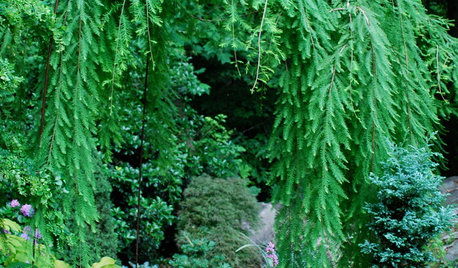
LANDSCAPE DESIGNThe Weepers and the Creepers: 10 Intriguing Trees for Your Garden
Bring something a little different to your landscape with a tree that dives, twists or crawls
Full Story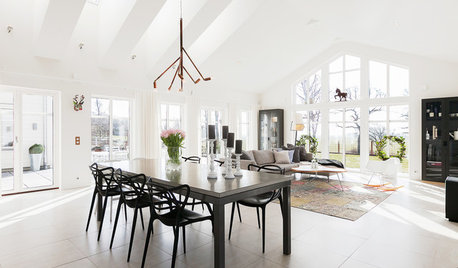
DECORATING GUIDES9 Life Lessons From Nordic Style
As Houzz launches in Denmark and Sweden, we provide you with a step-by-step guide to enjoying a real Scandinavian lifestyle in your home
Full Story
GARDENING GUIDESDesigning With Conifers: Find the Perfect Fit for Your Landscape
Conifers range from fairy-garden size to 70 feet tall. Here’s how to decifer the plant tag for the perfect long-term fit in your garden
Full Story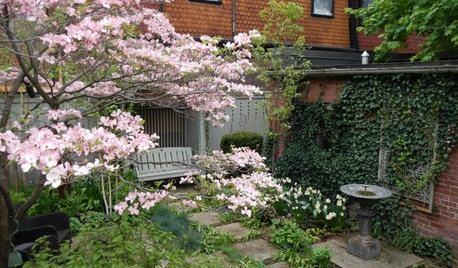
LANDSCAPE DESIGN8 Trees Landscape Designers Love for Small Spaces
Learn more about the top-performing trees to grow in tight corners, city courtyards, narrow side yards and more
Full Story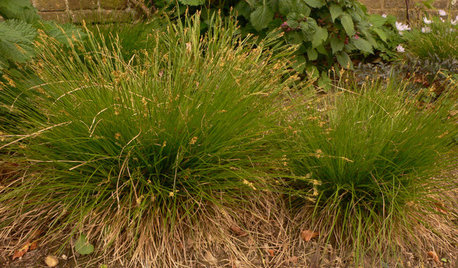
GARDENING GUIDESGreat Design Plant: Carex Eburnea
The perfect ‘grass’ for dry shade is a sedge
Full Story










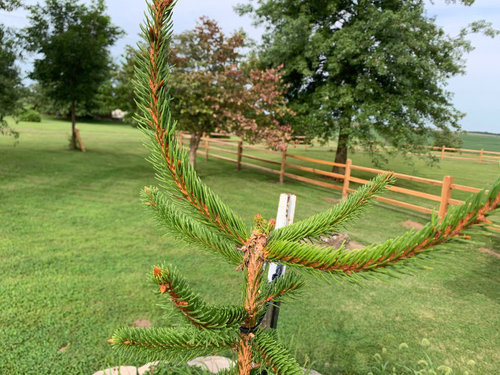
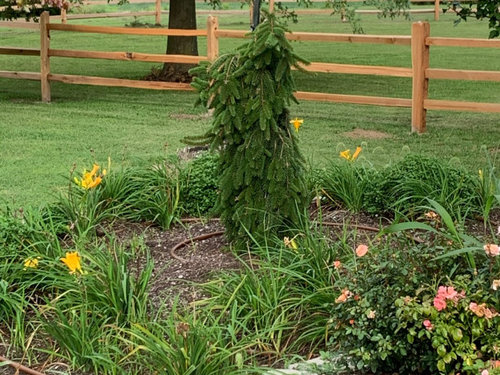


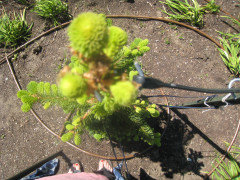




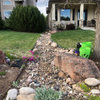
bernbeccaOriginal Author